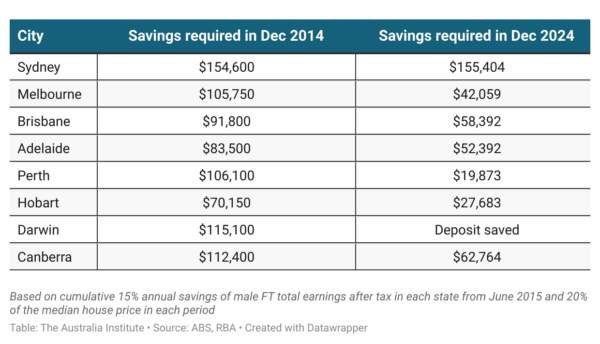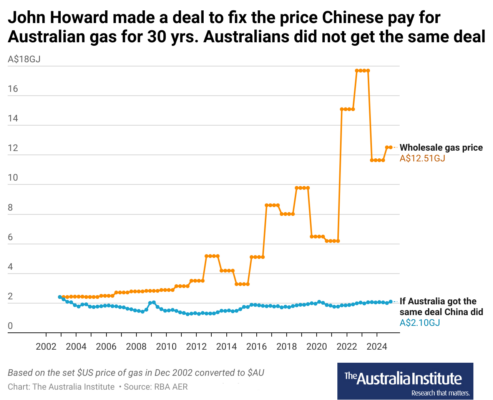Previous Australia Institute research showed that 56% of Australia’s gas exports are based on royalty-free gas and Treasury has confirmed that no gas export project has ever paid Petroleum Resource Rent Tax.
Key points:
- Gas export volumes are expected to be maintained at 80 million tonnes per year to 2030.
- This gas is expected to sell for a total of $303 billion.
- 56% of this, or $170 billion is based on royalty-free gas and is unlikely to pay any petroleum tax.
“Big gas is taking the piss,” said Mark Ogge, Principal Advisor at The Australia Institute.
“Last week we saw Opposition Leader Peter Dutton acknowledge that excessive gas exports are harming Australians.
“Unrestricted gas exports have been a disaster, but even worse is that most of it is given away for free.
“It’s important to understand what these forecasts mean – the Australian Government is planning to give away vast volumes of public gas, for free, out to 2030.
“Not only is this fiscally irresponsible, but this is making climate change worse.
“Fossil fuels need to be phased out and kept in the ground, not given away for free.
“The next parliament has a real opportunity to end the gas industry’s free ride and deliver for the Australian public and the climate.”

